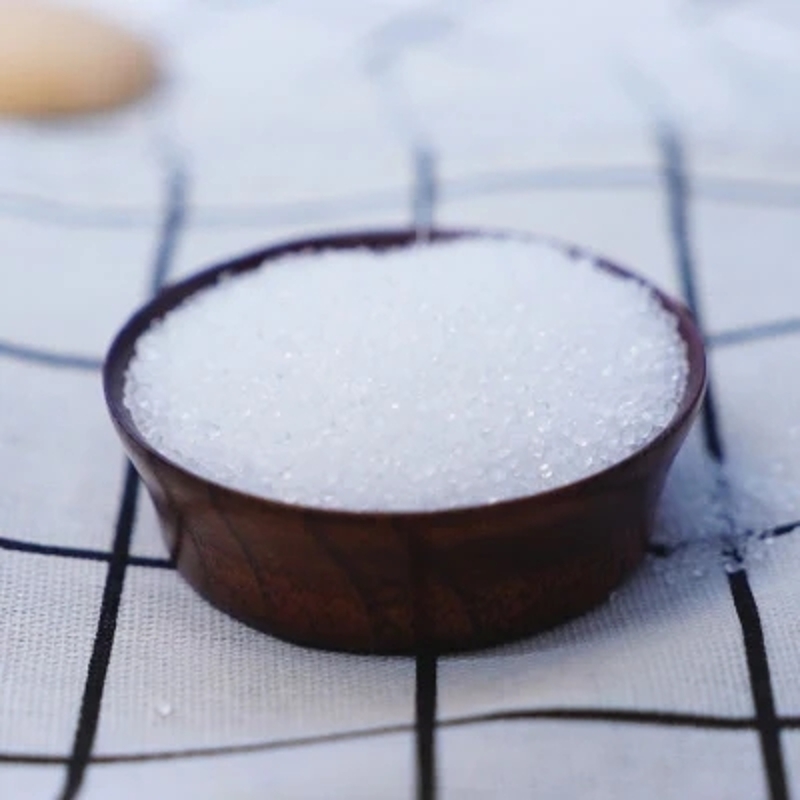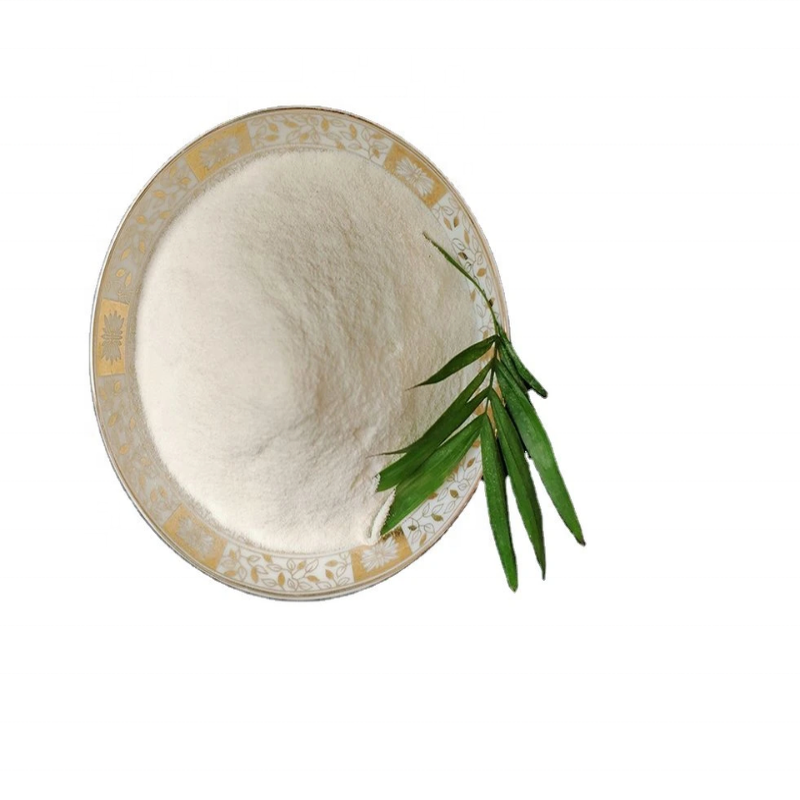Introduction of various food additives
-
Last Update: 2017-09-24
-
Source: Internet
-
Author: User
Search more information of high quality chemicals, good prices and reliable suppliers, visit
www.echemi.com
Introduction: food additive is the most commonly used additive in our factory, which can improve the color, fragrance and quality of food So, what are all kinds of food additives? Are food additives really harmful? Let's have a small edition of Baibai safety net explain it to you Food additives are synthetic or natural substances added into food to improve food quality, color, fragrance and taste, as well as to meet the needs of antisepsis, preservation and processing technology Nutritional enhancers, flavors for food, basic substances in gum based candy and processing aids for food industry are also included All substances not listed in the standard for use of food additives (GB2760) are not food additives At present, there are about 2000 kinds of food additives approved by China, which are classified into 23 categories according to their functions They are most likely to be preservatives, leavening agents, spices (flavors), coloring agents (pigments), and less familiar with processing aids, nutritional fortifier, etc Among them, there are more than 1000 kinds of spices, about 300 kinds except spices All kinds of food additives are introduced Next, the small edition of Baibo safety net will tell you Our most commonly used food additives are preservatives, antioxidants, bulking agents, sweeteners, colorants and so on 1 Preservative: many people think that preservatives in food will threaten human health But if some foods don't use preservatives, they may cause a large number of pathogenic bacteria, which is more dangerous to health Preservatives are commonly used in beverages, soy sauce, pickles, pastries and other foods According to the current data, they can be considered harmless to human body 2 Antioxidant: it is mainly added to vegetable oil (such as peanut oil and rapeseed oil) and food containing oil (such as biscuits and pastries) If not properly added, the oil in this kind of food is prone to rancidity and produce a kind of harrass, which will not only reduce the quality of oil, but also reduce the nutritional value, especially the effectiveness of fat soluble vitamins in food will be destroyed 3 Colorant: that is, edible pigment, which can improve the appearance of food, but it has neither nutritional value nor antiseptic effect Some people think that it is purely for the sake of good-looking, which is reasonable 4 Sweeteners: they can be divided into natural and synthetic ones according to their sources Natural ones include xylitol, sorbitol and other kinds of sugar alcohols (common in chewing gum), as well as non sugar stevioside, liquorice, luohanguosu, somatan, etc.; the most common ones are saccharin, aspartame, etc.; in addition, the derivatives of sucrose, sucralose, new sugar, etc Sweeteners are widely used in beverages, sweets, sauces and various small foods 5 Bulking agent: bulking agent (loosening agent) is a kind of substance that can make dough produce gas and become bulky and soft without fermentation It is mainly used in the processing of cakes, biscuits, pastry, steamed bread, crisp bread, dough sticks, puffed food, etc These are the brief introduction of various food additives that we commonly use at present You should know more about them Are they really harmful ? these are all allowed to be added in our country, generally within the specified dosage standard So far, there are few hazards However, we should not over add or over eat the food containing additives, which may have an impact on the body You can learn some little knowledge about food additives, increase the accumulation of knowledge, reduce the occurrence of food safety problems, and it is also very important to use the food safety detector to detect the content of additives in food Editor in charge: he xianrob
This article is an English version of an article which is originally in the Chinese language on echemi.com and is provided for information purposes only.
This website makes no representation or warranty of any kind, either expressed or implied, as to the accuracy, completeness ownership or reliability of
the article or any translations thereof. If you have any concerns or complaints relating to the article, please send an email, providing a detailed
description of the concern or complaint, to
service@echemi.com. A staff member will contact you within 5 working days. Once verified, infringing content
will be removed immediately.







